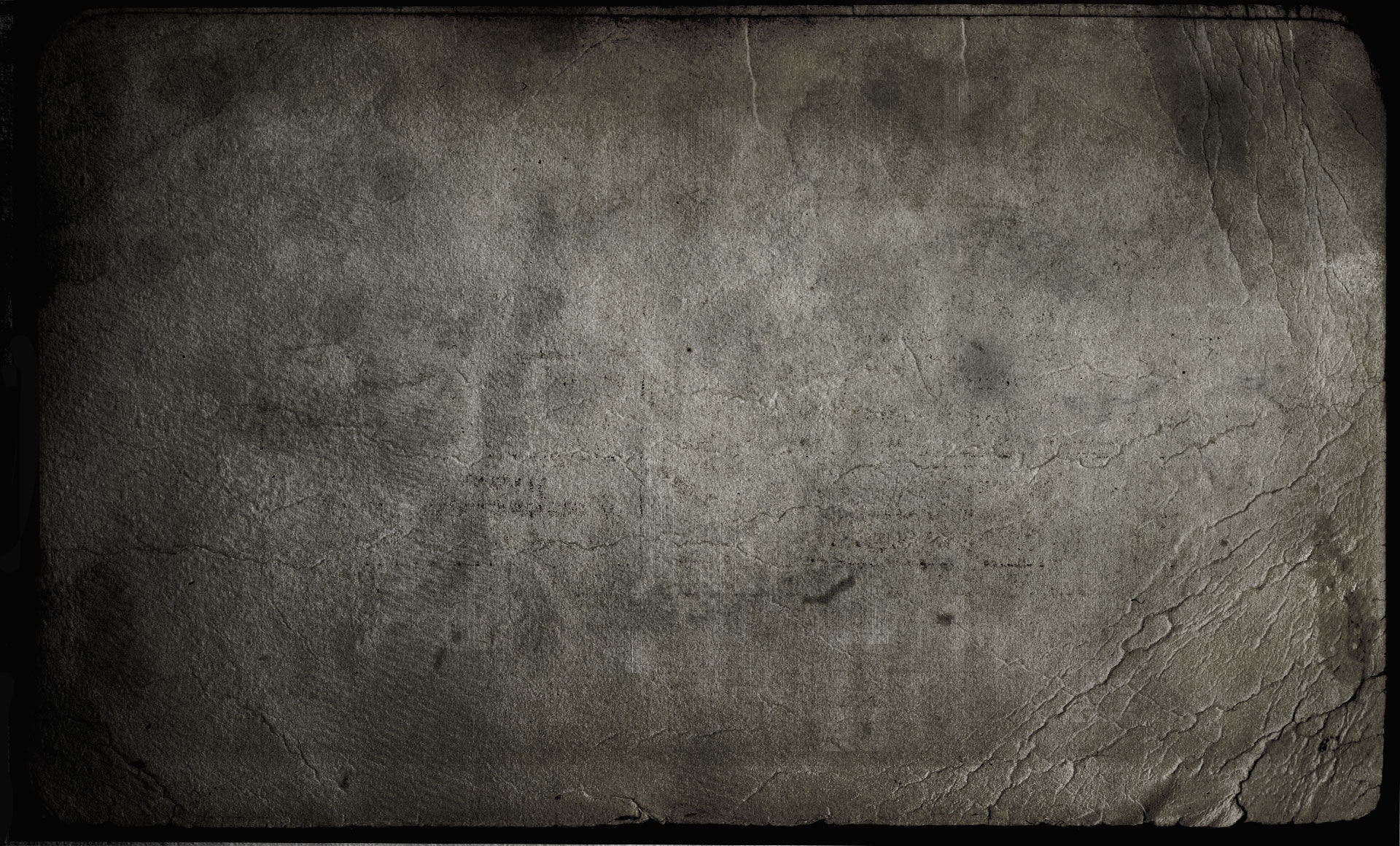WAVESTAR: Live at UKE 1985 (2009)
- Sylvain Lupari

- Aug 15, 2018
- 4 min read
“This is definitly an album to have if you want to get the best overview possible of the England School evolution”

1 Wavestar 7:00 2 Departure 3:35 3 Zenith 11:03 4 Osaka Hai 10:58 5 Melanie 8:47 6 Time Node 12:02
(CD 53:38) (V.F.) (Melodious EM in the TD's 80's style)
Recorded at the very first Wavestar gig in Sheffield UKE '85, LIVE at UKE 1985 offers more than 50 minutes of an EM that is at the heart of the Tangerine Dream metamorphosis, either be the 86 tour which followed the album Le Parc. John Dyson and Dave Ward-Hunt have taken the music from Wavestar's first two albums, Mind Journey and especially Zenith, for this event where both musicians had butterflies in their stomachs. I don't really know these 2 albums! It is therefore with great pleasure that I discovered a very good music dominated by synths from this duo which seems to have stop by so quickly in this vast universe of EM. A video, which can is easily found on YouTube, exists of this concert. The quality is, let me think ...quite average! And I must add that it makes me scare when I started to listen to the first title. The sound quality is like a good bootleg which comes from an audience recording. But as we often hear, the best comes with the end. And here, the end lasts nearly 45 minutes where Wavestar brilliantly interprets the landmarks of the Zenith album.
That's with the title Wavestar, from the Mind Journey album, that begins LIVE at UKE 1985. The introduction is familiar to the moods of the genre and of the progressive rhythms in EM. Two synth layers intersect their tonal differences with slow floating movements before a line of dynamic sequence knocks down this electronic tenderness with its quick rhythm. Harmonious solos float above Wavestar, while in the background shimmering chords and keyboard riffs are felted by the quality of the recording. But the solos are pretty well captured, and their surgical attacks caress an animated structure whose quivering oscillations of the sequencer get extinguished in an ambiospheric finale more musical than the introduction. The majority of the live albums in the world of the EM erases the reaction of the crowds and the exchanges between the artists and their spectators. But not here! In doing so, we see the progressive enthusiasm of the hundreds of spectators present for this very first concert of Wavestar. It lacks a lot of minutes to Departure since the duo interprets its most animated segment by a sequencer more active than in Wavestar and whose chords flow with the fluidity of a train crisscrossing the nebulous fog from the sonic plains. The quality of the recording reaches an excellent level with the recording of Zenith. The decor, woven by layers of mists and of voices with some intriguing effects, envelops a static movement of the sequencer. There is a good effect of emotional gradation in these layers which become carriers of spectral melodies. The sequencer subtly subdivides the stationary movement of its approach with another line a little different, bringing a slight variation in the rhythm which reaches another degree of intensity, relatively quiet, with the arrival of electronic percussion well dosed. The solos and the complicity between the two synthesist becomes the strength of this track and the whole album.

Osaka Hai is built a little on the same principle. The sequencer is a little more fluid with variations in its moving rhythm which serves as bed for nice synth solos tinted with an approach as sinister as dramatic. The tonal décor is filled by good misty effects and by Mellotron songs, which add an esoteric touch to the ambiances, as well as glittering prisms. Melanie proposes a rhythm molded on an electronic walk with some snags here and there that bring seductive elements to these resonant keys. It's an ambient rhythm which hosts good solos of very harmonious synths which mix quite well their tonal differences. If one is more sober in its approach, the other synth harmonizes its solos with peaks of emotion in its more acute breezes. The contrasts are well measured. The rest of the decor is held by nebulous layers which let drop murmurs of voices embedded in an opaque wall of numbing mist. Time Node ends this recording by another duel between synths which compete on a Chris Franke's rhythmic pattern where the percussions and sequences are also in fight. The synths are dominant here and in this live album with good exchanges, both in the solos and the effects. And I have a soft spot for the one which is a little strident, but not too much, and whose whistling songs are as much poignant than catchy, while the other is much more wild with attacks well drawn in a finale which give chills and a desire to venture further into the small universe of Wavestar. And like the reaction of the audience proves, this LIVE at UKE 1985 is worth the cost and becomes an album to discover in order to complete a little better your collection of EM.
Sylvain Lupari (August 15th, 2018) ***¾**
Available at John Dyson.com



留言